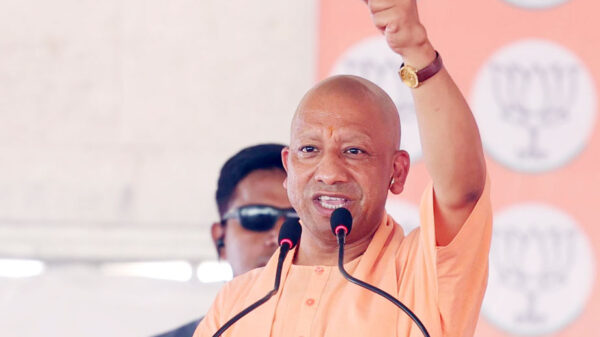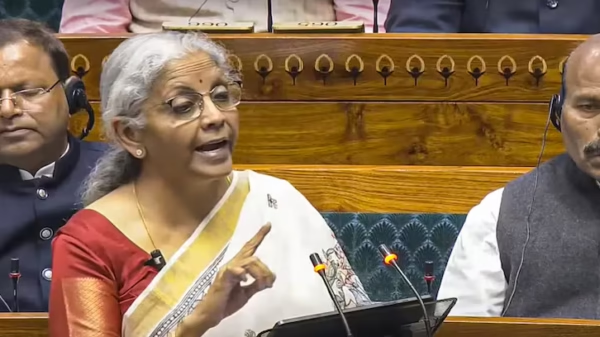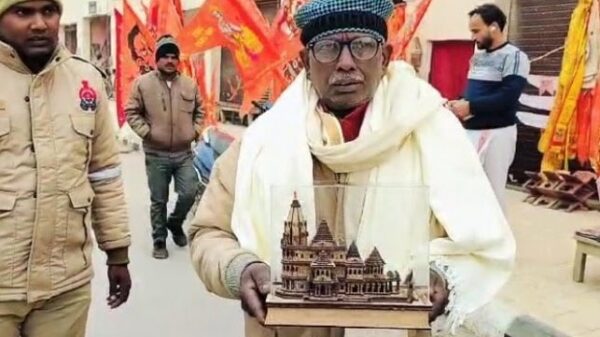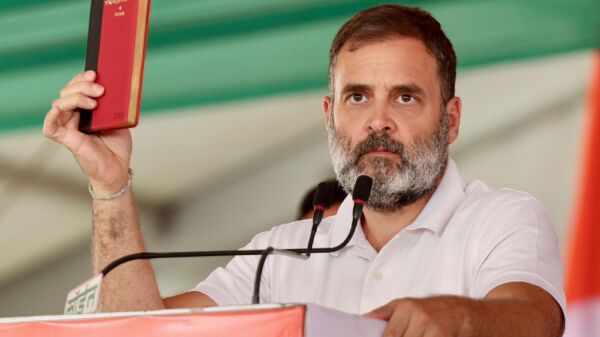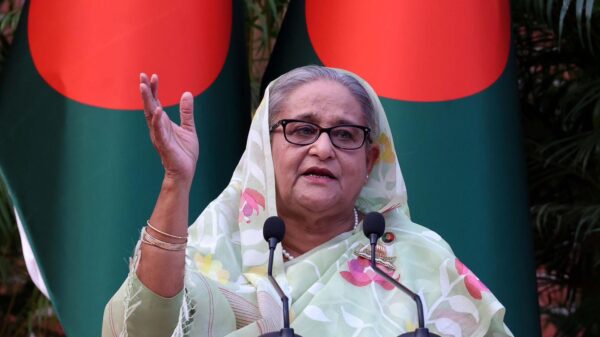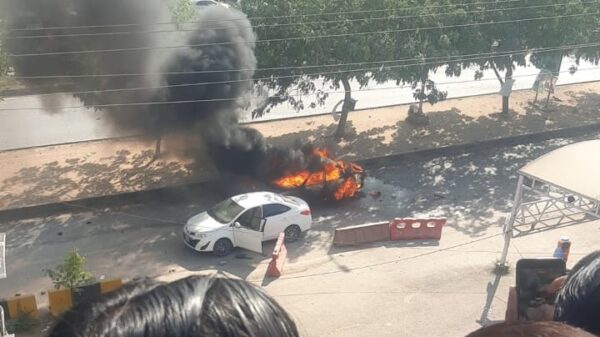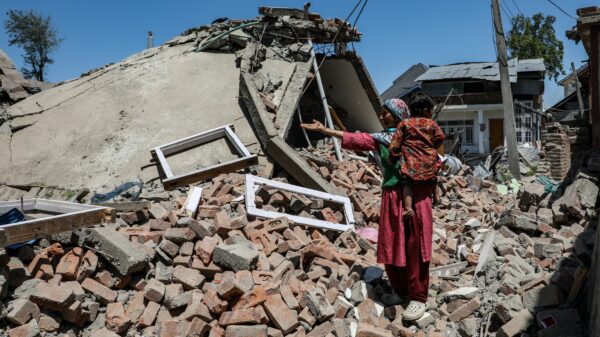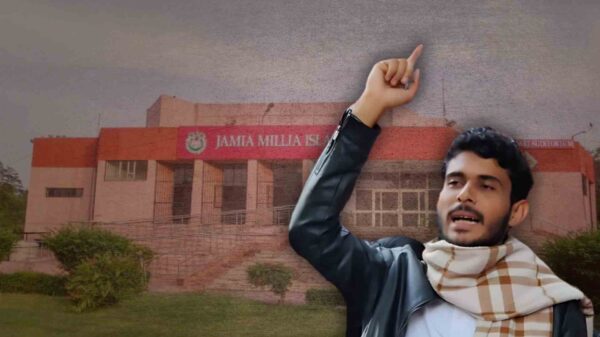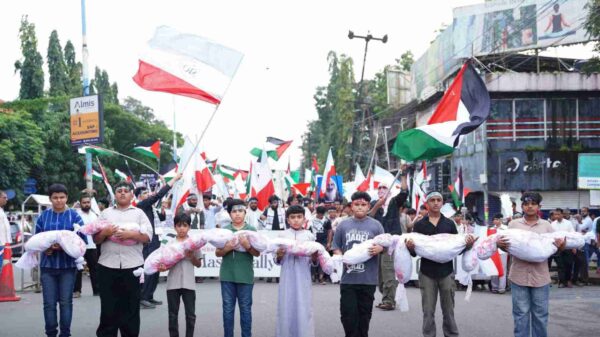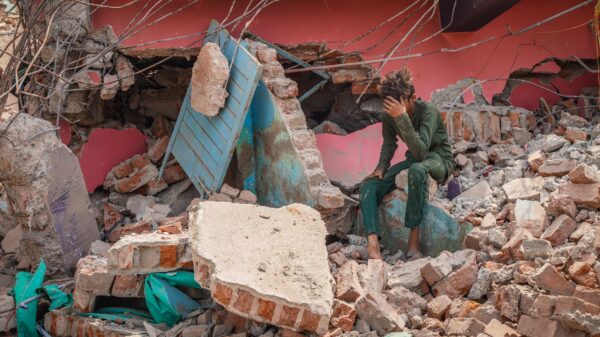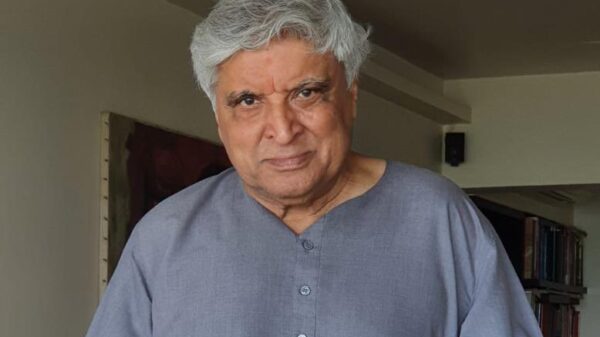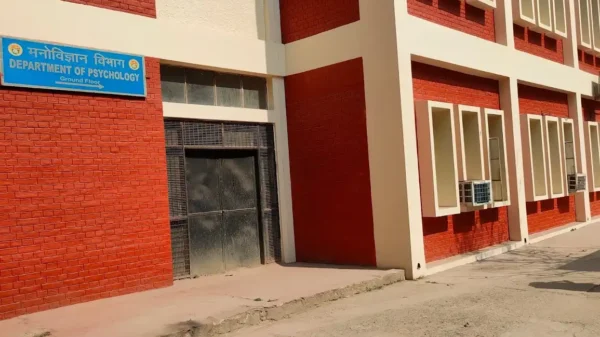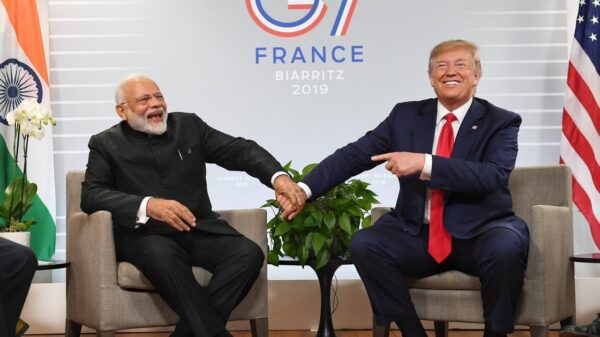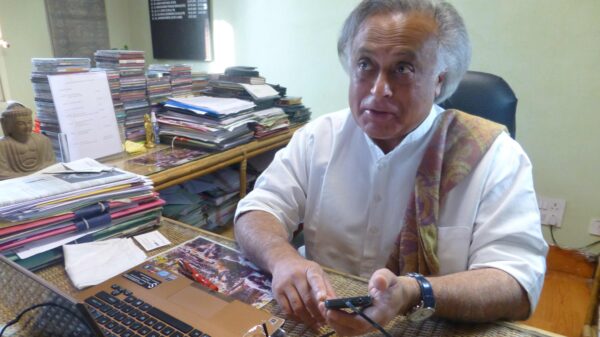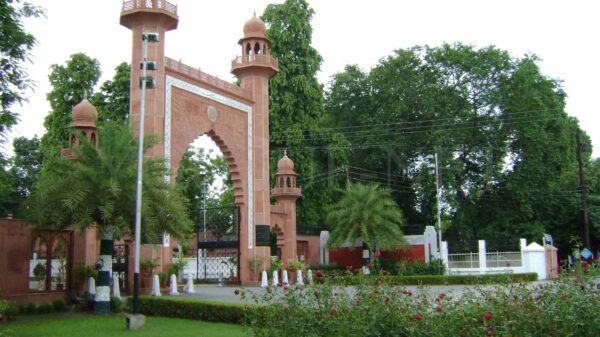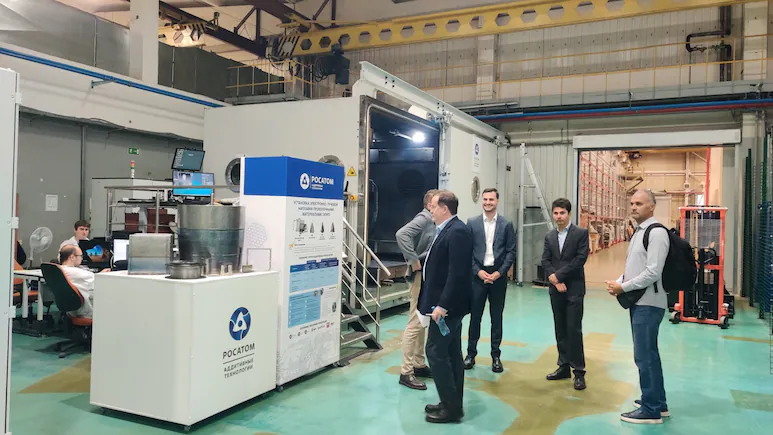India is set to receive a major technology boost as Russia’s state-owned nuclear corporation Rosatom prepares to ship its largest electron beam 3D printer to the country. The breakthrough move is expected to transform India’s manufacturing capabilities in aerospace, defence, and nuclear energy, placing New Delhi on the global map of advanced additive manufacturing.
The massive 3D printing unit, built inside the high-security labs of Rosatom Additive Technologies in Moscow, is regarded as the most advanced of its kind in Russia. The technology does not merely “print” objects—it welds, forges, and sculpts titanium and other metals into complex parts with microscopic precision. Such components are critical for rockets, satellites, and nuclear reactors.
Multi-billion rouble deal with India
According to company officials, Indian entities have already signed framework agreements worth 1.5 billion roubles (around ₹150 crore) for the supply of additive manufacturing equipment and materials. The first high-capacity 3D printer bound for India has been priced at ₹20 crore and will be installed at an undisclosed location.
Ilya Vladimirovich Kavelashvili, Director of Rosatom’s Additive Manufacturing Business Unit, described the scale of the technology with a touch of humour:
“These printers are so advanced they can produce anything except currency notes, which only the central bank is authorised to print.”
Officials confirmed that once in India, the printer will operate under the “Make in India” framework, localising production of high-value components and reducing the country’s reliance on imports in strategic sectors.
Why additive manufacturing matters
For decades, industries have relied on traditional machining methods, where large metal blocks are cut, drilled, and ground to achieve the required shape. While effective, such subtractive techniques are slow, costly, and generate large amounts of waste.
Additive manufacturing—or 3D printing—flips this model. It builds objects layer by layer using digital blueprints and raw materials such as titanium wire or powdered alloys. The process not only minimises waste but also allows for the creation of complex geometries that conventional methods cannot achieve.
In sectors like aerospace and defence, these benefits translate into stronger, lighter, and more fuel-efficient components. In nuclear energy, 3D-printed parts offer better thermal resistance and reduced porosity, enhancing safety and performance in reactors.
Russia’s homegrown innovation
Rosatom’s investment in 3D printing began years ago, culminating in the opening of its flagship additive manufacturing facility in 2020. At the inauguration, Rosatom Director General Alexey Likhachev emphasised the importance of technological self-reliance:
“This is the first Russian facility of its kind built entirely on domestic technology. From the design of the printers to their software and assembly, everything was created in Russia.”
Today, Russia is recognised as a global leader in *electron beam additive manufacturing, with its large-scale printers used in both civilian and defence industries. The upcoming transfer of technology to India highlights the growing *Indo-Russian partnership in high-tech fields, extending beyond defence and energy into advanced manufacturing.
Strategic leap for India
Analysts say the arrival of Rosatom’s electron beam 3D printer could mark a turning point for India’s industrial base. The technology will not only allow Indian researchers and engineers to experiment with next-generation materials but also shorten production timelines drastically.
For instance, while traditional prototyping of aerospace components can take months, 3D printing can reduce the cycle to just days. In critical applications such as satellite development or reactor maintenance, this speed can save millions in costs.
Furthermore, the integration of 3D-printed parts into India’s space programme, nuclear plants, and defence projects is expected to enhance efficiency and self-reliance at a time when global supply chains remain uncertain.
The road ahead
While officials have not disclosed the exact site where the Russian 3D printer will be installed, industry insiders suggest it may be linked to a government-backed research centre or a major defence PSU. More units are expected to follow as part of the larger agreement between Indian and Russian firms.
Experts note that the challenge for India will be building an ecosystem around this technology—skilled engineers, material suppliers, and quality testing infrastructure will all be needed to fully leverage the benefits of large-scale additive manufacturing.
Still, the symbolic value of this development is undeniable. As the world shifts towards Industry 4.0, India’s partnership with Russia ensures it won’t be left behind in the race for digital manufacturing supremacy.






